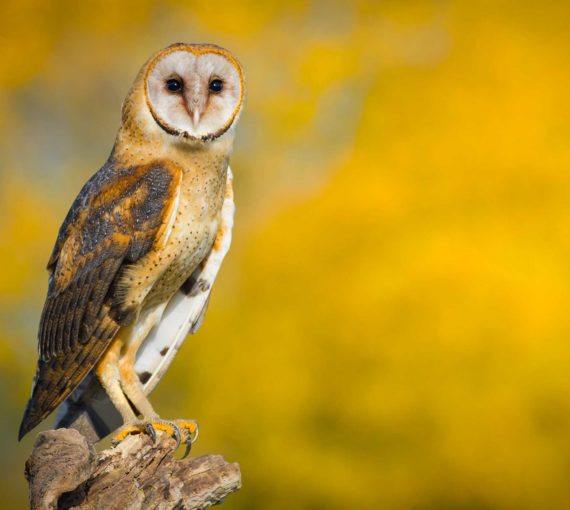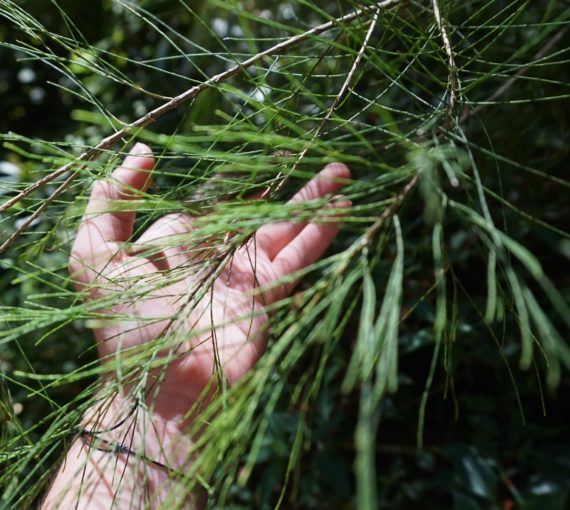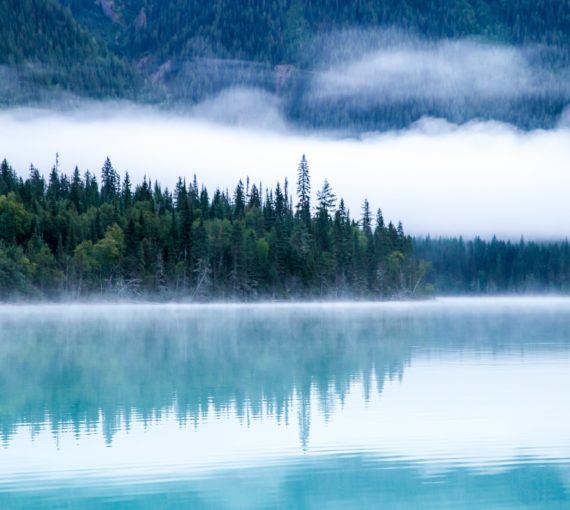I’ve been working to protect caribou for more than 12 years. I’ve watched in dismay as province after province turned their backs on these shy, gentle creatures.
Recently, with a heavy heart, I learned that Quebec’s minister of forests, wildlife and parks decided to abandon the Val -d‘Or caribou herd and let it become extirpated (locally extinct), claiming it was “too costly” to recover. (The herd was slated to be shipped to a zoo last year before public outcry reversed that decision).
Before 2008, it was difficult to advocate for caribou habitat protection because no one knew what woodland caribou needed to survive. At workshops on habitat management, forestry managers detailed a flurry of experiments; all failed to reverse caribou declines.
This changed when the federal government released a report in 2008 that determined a relationship between the level of disturbance (from industry and natural events like fire) in a caribou range and the probability of the herd persisting.
To survive, caribou need a significant amount of their boreal ranges to be undisturbed by industrial activity. A minimum 65 per cent undisturbed habitat (called a “disturbance threshold”) provides merely a 60 per cent chance of survival.
The science, conducted by a team of North American experts appointed by Environment and Climate Change Canada, has been reviewed and upheld, despite industry attempts to undermine it. It informed the federal boreal caribou recovery strategy, released in 2012, which directed provinces to develop range plans that applied the disturbance threshold — a directive that all provinces ignored.
In Ontario, the provincial government not only ignored the directive, it exempted the forest industry from prohibitions against destroying habitat, despite the fact that industry declines have left available wood supply that could be used for caribou conservation. Last month, it proposed to extend the exemption for another two years.
Alberta has taken a different approach to turning its back on its responsibility to protect and recover caribou. Its government is allowing industrial disturbance to continue in every range including the Little Smoky, which has been 99 per cent disturbed by human activities. It’s keeping herds on life support through band-aid measures like killing wolves and building permanent fences.
In December 2017, a federal review of the recovery strategy’s implementation found that in a majority of ranges, habitat conditions have worsened since 2012. Overall, boreal caribou continue to decline.
As the Quebec minister boldly stated, when it comes to caribou, economic values are trumping ecological values. This not only diminishes biodiversity; in many instances, it threatens traditional Indigenous ways of life.
The situation is dire for caribou, but there are a number of tools at hand to advance change.
First Nations and conservation organizations are putting the legislation intended to protect at-risk species to the test. Together, we have petitioned the federal government to use the “safety net” under the Species at Risk Act, which enables ECCC to enforce caribou habitat protection when a province isn’t effectively doing so.
In caribou ranges that have crossed the disturbance threshold, extensive restoration is required. Here, a transitional economy can be supported and First Nations are poised to play a leadership role in these restoration efforts: Fort Nelson First Nation completed the first range plan in Canada that maps habitat for both protection and restoration. In Doig River First Nation, elders identified priority areas for caribou habitat restoration, based on traditional ecological knowledge.
We need to speak out for caribou — and not only when they’re at risk of being sent to a zoo. Together, we can find a way to manage forests so that caribou survive and recover. The status quo approach won’t do. Caribou need and deserve more, from Quebec and Canada.
Our work
Always grounded in sound evidence, the David Suzuki Foundation empowers people to take action in their communities on the environmental challenges we collectively face.




